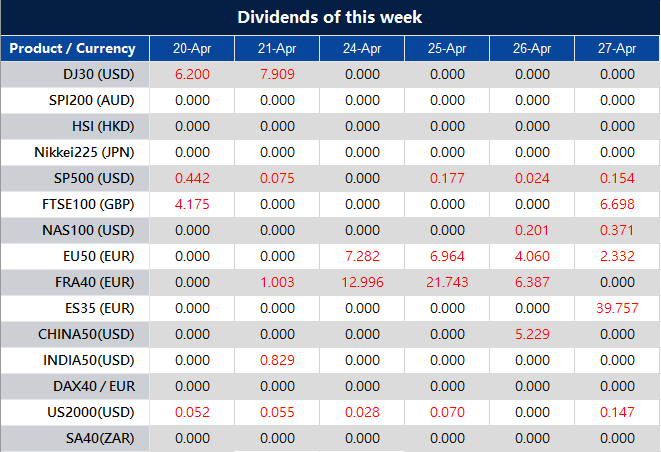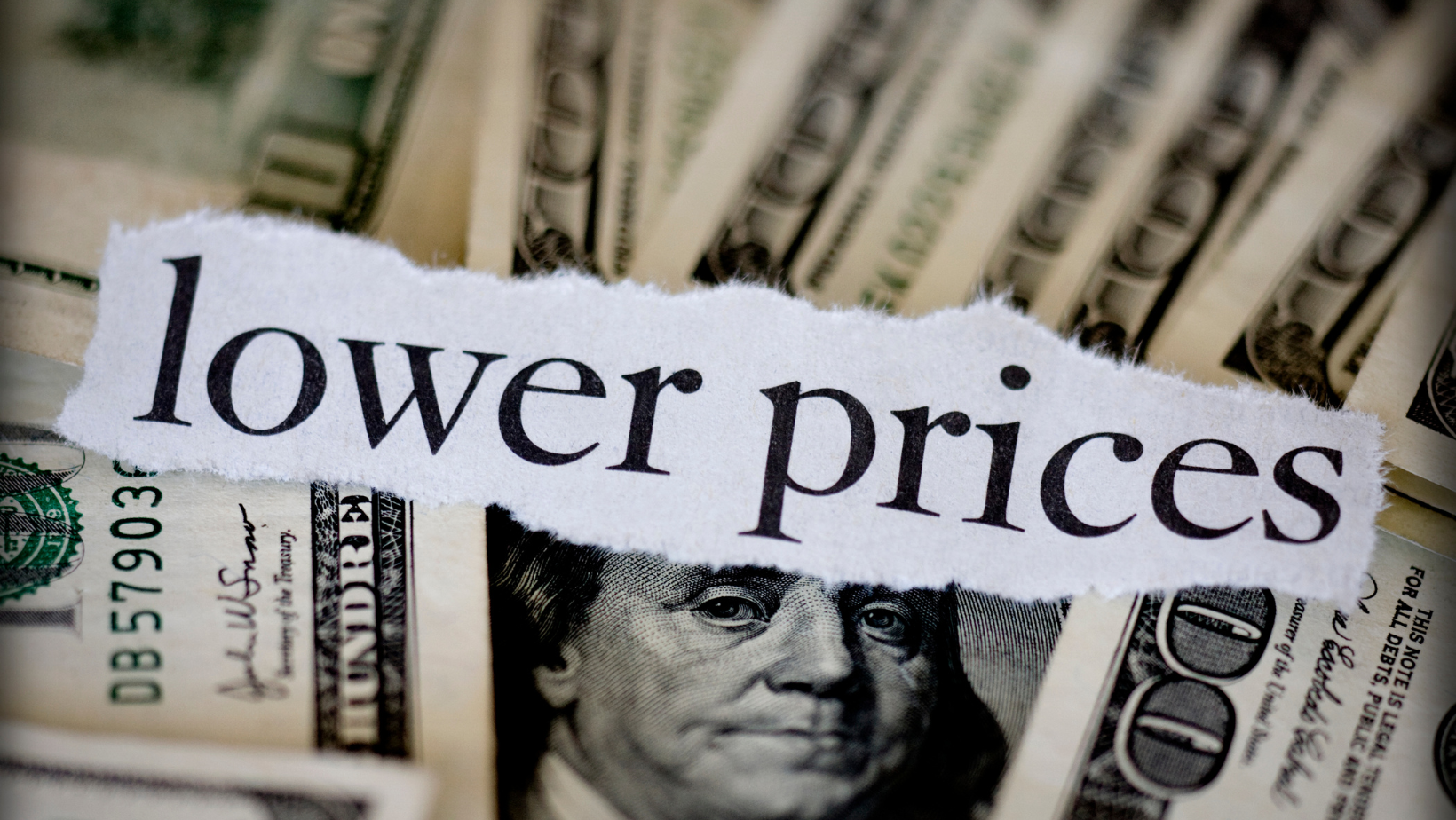Investor worries over First Republic Bank overshadowed excitement around Big Tech earnings, causing the Dow Jones Industrial Average to lose more than 200 points. First Republic Bank slid nearly 30%, extending losses after falling almost 50% on Tuesday. The regional bank reported a 40% drop in deposits to $104.5 billion in the first quarter, reigniting concerns about the health of the banking system.
Despite some market participants growing hopeful that e-commerce giant Amazon’s cloud business could show strong revenue growth, Alphabet shares finished down 0.1% after trading up earlier in the day. However, Microsoft climbed more than 7% to trade at its highest point in over a year after beating Wall Street’s expectations on the top and bottom lines in its latest quarter. This earnings week saw the Technology Select Sector SPDR Fund (XLK) add about 1.5% as investors increased their exposure to Big Tech.
Data released Wednesday morning showed that demand for long-lasting goods like appliances and computers was higher than economists expected in March, in a sign that the economy is showing resilience.

On Wednesday, the overall market saw a decline of 0.38%, while the Information Technology sector experienced a price increase of 1.73%. The biggest price declines were seen in the Utilities sector with a drop of 2.37%, followed by Industrials at 1.87% and Health Care at 1.41%. The Financials sector had a decline of 0.96%, while the Consumer Staples and Real Estate sectors both experienced declines of around 0.7%. The Communication Services sector saw a price decline of 0.62%, while the Energy and Materials sectors experienced larger declines at 1.28% and 1.18%, respectively.
Major Pair Movement

The US dollar index dropped by 0.37% on Wednesday, reversing the previous day’s trend of safe-haven flows into the dollar and yen. The focus shifted back to expectations of H2 rate cuts by the Federal Reserve, contrasting with anticipated rate hikes by the European Central Bank (ECB) and the Bank of England (BoE). Market volatility remained high, reflecting uncertainty over global economic conditions, geopolitical tensions, and the regulatory response to the US banking crisis.
The EUR/USD pair rebounded from its early intraweek low of 1.0960 on EBS, reaching a 13-month peak at 1.1096. The Federal Reserve is expected to hike rates by 25bps next week, followed by two 25bp cuts by year-end, while the ECB is fully priced for a 25bp hike in its May 4 meeting, followed by two more 25bp hikes by September, with no real rate cuts until 2024. The UK’s inflation rate of 10.1% presents a challenge for the BoE, but the sterling’s uptrend seems less strong than the EUR/USD pair. Late equity market and oil weakness may trigger renewed demand for the yen and dollar, with high beta pairs such as AUD/USD vulnerable unless upcoming US data alleviates recession concerns.
Technical Analysis
EUR/USD (4 Hours)
Although EUR/USD reached YTD highs on Wednesday, its short-term bullish outlook did not improve. The US Dollar strengthened, causing the pair to pull back from recent highs. This week, important data releases for the Eurozone are due, including consumer confidence data on Thursday, German inflation and EZ GDP growth on Friday, and the ECB meeting next week, where a rate hike is expected, but the extent of the hike is uncertain. While some data favors a 50 basis points hike, there are arguments for a more dovish approach due to renewed banking concerns and slowing inflation. The US Dollar posted mixed results on Wednesday, with the Euro outperforming, but the Dollar ended the day looking stronger as Wall Street slipped again. Important US data releases, including Q1 GDP and Consumer inflation, are expected on Thursday, ahead of next week’s FOMC meeting.
The EUR/USD pair has risen and broken above our resistance level, according to technical analysis. Currently, the price has moved above the middle band of the Bollinger band, with expectations of moving even higher and targeting the upper band. It is anticipated that the EUR/USD will reach the resistance level at 1.1073. The Relative Strength Index (RSI) is currently at 61, indicating a bullish market for the EUR/USD.
Resistance: 1.1073, 1.1131
Support: 1.1042, 1.1000
XAU/USD (4 Hours)
On Wednesday, Spot Gold (XAU/USD) struggled to surpass the $2,000 mark despite the improving market mood, while caution remains. US Dollar demand decreased due to positive earnings reports from large US corporations, but First Republic Bank’s troubles overshadowed it. Most Asian and European stock markets closed in the red, but Wall Street had modest gains. US data showed mixed results, and the US is set to publish Q1 GDP and Personal Consumption Expenditures Prices on Thursday.
Based on technical analysis, XAU/USD reached above the $2,000 level but then moved back below to $1,988 before going back higher and is currently at $2,000. XAU/USD has the potential to move even higher as the price is above the middle band and targeting the upper band of the Bollinger band. The Relative Strength Index (RSI) currently stands at 54, suggesting a neutral but bullish trend.
Resistance: $2,005, $2,018
Support: $1,988, $1,974
Economic Data
| Currency | Data | Time (GMT + 8) | Forecast |
| USD | Advance Gross Domestic Product | 20:30 | 2.0% |
| USD | Unemployment Claims | 20:30 | 247K |
































